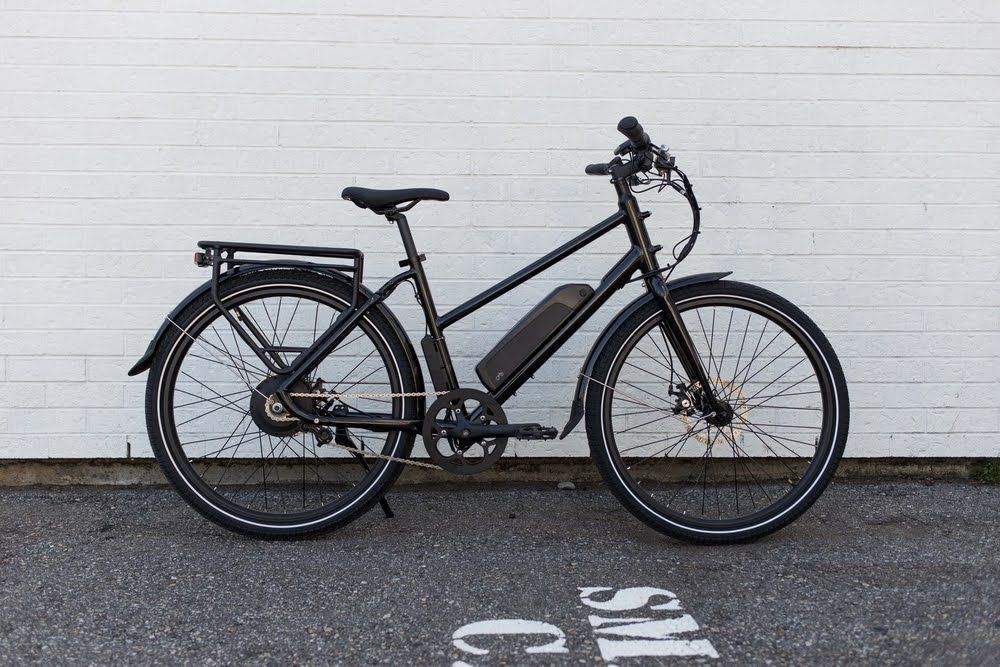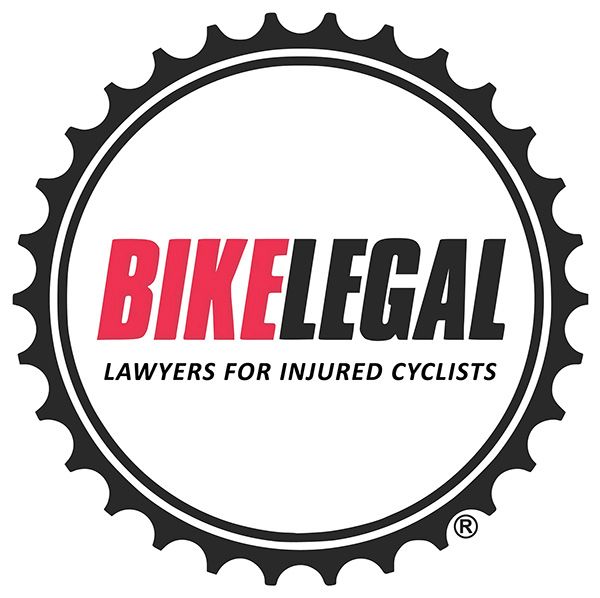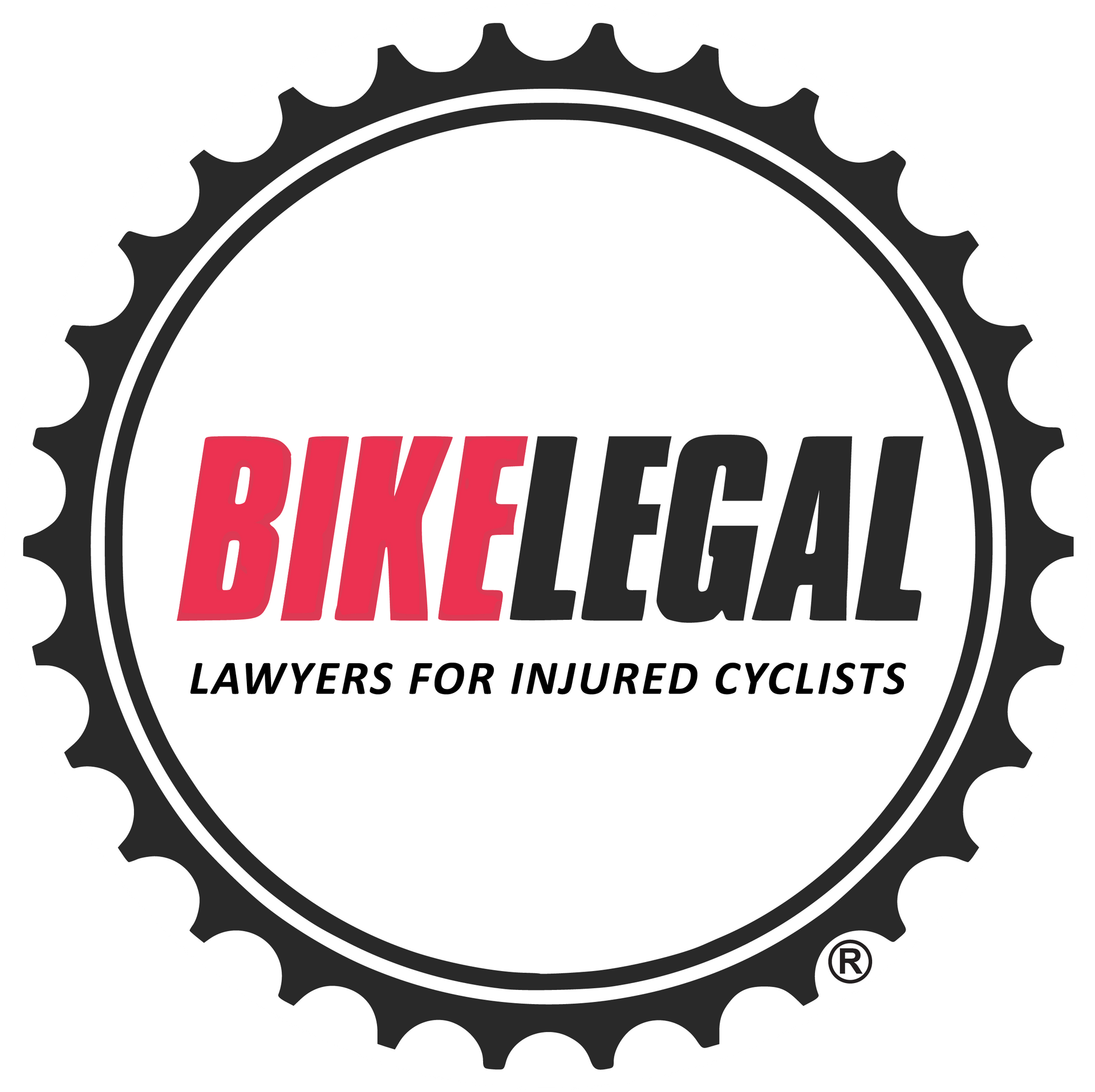New Mexico Bicycle Laws: Everything Cyclists Need to Know
Follow us on
social media!
People ride bicycles in New Mexico for commuting, recreation, exercise, and as a way to enjoy being outdoors. While most aim to improve health and fitness, there are serious risks when sharing the road with motor vehicles. Albuquerque alone averages 188 bicycle crashes each year. This highlights the importance of understanding New Mexico bicycle laws, whether you are a cyclist or a motorist.
In this article, we’ll cover:
- The most important
New Mexico traffic laws that apply to bicycles
- Equipment requirements and safe riding practices
- The
rights and responsibilities of both bicyclists and drivers
- Do you have to wear a helmet? New Mexico’s bicycle helmet laws explained.
- Can you ride on the sidewalk? What the law allows in different cities
- Legal consequences of violating bicycle laws and how to avoid common infractions
Whether you're riding for transportation, fitness, or enjoyment, understanding the law helps keep everyone safer and protects your rights in the event of a crash.
Table Of Contents
New for 2025: Idaho Stop Law for Cyclists

Under Senate Bill 73, which took effect on July 1, 2025, bicyclists in New Mexico are now allowed to:
- Treat stop signs as yield signs.
- Treat red lights as stop signs.
This means cyclists can proceed through an intersection without coming to a complete stop, as long as the intersection is clear and it is safe to do so.
The law, commonly known as the “Idaho Stop”, is intended to help cyclists clear intersections more quickly, improve visibility, and reduce crash risk. It applies only to bicycles and does not override the requirement to yield to vehicles or pedestrians.
👉 [Read our full article on the New Mexico Idaho Stop Law (coming soon)]
Rules for Bicyclists in New Mexico
In New Mexico, bicyclists are considered vehicle operators and must follow many of the same rules as drivers. Specific laws also apply only to cyclists. Understanding the New Mexico Vehicle Procedures Code helps prevent crashes between other roadway users.
2024 New Mexico Statutes, Chapter 66 - Motor Vehicles, Part 8 - BICYCLES
Bicycle Laws Are Enforceable and Apply to All Public Roads and Paths
According to Section 66-3-701 NMSA, New Mexico’s bicycle regulations are not just suggestions; they are enforceable laws, and violations may result in penalties:
- Any act forbidden or failure to follow required conduct under Sections
66-3-701 through 66-3-707 is considered a
penalty assessment misdemeanor.
- Parents and legal guardians may not knowingly allow a child or ward to violate bicycle-related provisions of the New Mexico Motor Vehicle Code.
- These regulations apply anytime a bicycle is operated on a public roadway or a bike path, unless a specific exception is stated in the law.
In short, if you’re riding a bicycle on public infrastructure, these laws apply, and law enforcement can issue citations for noncompliance.
Bicyclists Have the Same Rights and Duties as Drivers
Under Section 66-3-702, cyclists on public roads are granted all the same rights and are subject to all the same responsibilities as motor vehicle drivers, unless a specific bicycle regulation overrides it.
This means cyclists must:
- Obey all traffic signals and signs
- Yield when required
- Signal turns and lane changes
- Follow lane positioning and right-of-way rules
Proper Lane Positioning and Group Riding
Under Section 66-3-705 NMSA, cyclists in New Mexico must follow these positioning and group riding rules:
Stay to the Right
- Ride as far to the right as practicable, but only when it is
safe to do so. Cyclists should stay right when possible, but they may move left to avoid obstacles, pass slower vehicles, or prepare for a turn.
- Use caution when passing standing or slow-moving vehicles to avoid getting doored or sideswiped.
Riding Two Abreast Is Allowed with Limitations
- Cyclists may ride two abreast (side by side) only when it does not impede traffic and only on roadways or paths set aside for bicycles. Riding more than two abreast is not permitted, except on a bike-only facility
Don’t Create a Safety Hazard
- Regardless of position or formation, no cyclist may operate a bicycle in a way that creates a public safety hazard. This includes unpredictable riding, weaving through traffic, or obstructing the normal flow of vehicles.
These rules are designed to promote safe sharing of the road while allowing cyclists the flexibility to avoid dangerous conditions.
Ride Only on a Proper Seat and Don’t Carry Extra Passengers
According to Section 66-3-703 NMSA, New Mexico law requires:
- Cyclists must
ride only on a permanent, regular seat that is properly attached to the bicycle. Riding on handlebars, pegs, or any other part of the bike is not allowed.
- You cannot carry more passengers than the bicycle is designed and equipped for. That means no doubling up on a single-rider bike unless it has an appropriate child seat or tandem seating setup.
These rules help maintain bike control, reduce crash risk, and ensure safety for both riders and passengers.
No Clinging to Vehicles
Under Section 66-3-704, cyclists may not grab onto or attach themselves to moving vehicles on the roadway. This practice is illegal and extremely dangerous.
At Least One Hand Must Stay on the Handlebars
Under Section 66-3-706, cyclists in New Mexico may not carry any package, bundle, or article that prevents them from keeping at least one hand on the handlebars at all times.
This means:
- No riding while holding large bags, food, phones, or other items that occupy both hands
- Use a backpack, bike rack, or panniers to carry items safely and legally
Maintaining control of your bicycle at all times is essential for your safety and the safety of others.
Helmet Use for Minors Is Mandatory

According to Section 32A-24-3, New Mexico requires all riders under age 18 to wear a properly fitted and secured helmet when riding a bicycle, scooter, skateboard, or skates.
Parents or guardians may face a $10 civil fine if they knowingly allow a child to ride without a helmet. For first-time violations, the court may issue a verbal warning or require proof of helmet purchase as an alternative to a fine.
Required Lights, Audible Signals, and Brakes
Under Section 66-3-707, bicycles operated in New Mexico must meet certain equipment standards to ensure visibility and safety, especially when riding at night or in traffic.
Nighttime Lighting Requirements (Subsection A)
When riding between sunset and sunrise, your bike must have:
- A
white front lamp visible from
at least 500 feet
- A
red rear reflector (approved by the state) visible from
50 to 300 feet when illuminated by headlights
- Optional: A red rear lamp visible from 500 feet, which can be used in addition to the red reflector
These lighting requirements help ensure motorists can see you clearly in low-light conditions.
Bell or Audible Device Required (Subsection B)
Your bicycle must be equipped with:
- A
bell or similar audible device that can be heard from
at least 100 feet
- Siren and whistle devices are not allowed.
This allows you to safely signal your presence to pedestrians or other cyclists without using your voice alone.
Braking Standard (Subsection C)
Your bicycle must have a functional brake that can make the wheels skid on dry, clean, level pavement. This ensures your bike can stop quickly in case of an emergency.
These equipment requirements are essential for preventing collisions and being seen and heard while riding legally on public roads.
Where Can You Ride a Bike in New Mexico?
Cyclists may generally ride in the travel lane or bike lanes, depending on the road conditions. New Mexico does not have a statewide ban on sidewalk riding, but local ordinances vary. For example:
- In
Albuquerque, adults may not ride on sidewalks in business districts
- In
Santa Fe, sidewalk riding is restricted in the downtown area.
- Always check local laws before riding on sidewalks.
New Mexico Electric Bicycle Laws (Brief Overview)

New Mexico defines and regulates electric-assisted bicycles (e-bikes) by class, with specific requirements for labeling, equipment, and where they can legally operate. The following rules come from Sections 66-3-708 and 66-3-709 NMSA (2024):
E-Bike Classes and Equipment Requirements
- All e-bikes sold in New Mexico must have a
label showing the
class number, top assisted speed, and motor wattage, printed in Arial font, at least 9-point size.
- Riders may
not modify an e-bike's speed or motor engagement without updating the classification label.
- E-bikes must meet
federal safety standards (16 CFR 1512).
- Class 2 e-bikes must cut power when braking.
- Class 1 and 3 e-bikes must stop assisting when the rider stops pedaling.
- Class 3 e-bikes must have a speedometer.
Where Are E-bikes Allowed in New Mexico?
- Class 1 e-bikes are generally allowed on
bike and pedestrian paths, unless a city or county prohibits them.
- Class 2 and Class 3 e-bikes are
not allowed on bike/pedestrian paths unless:
- The path is part of a street or highway, or
- The local government has approved their use.
- E-bike rules do not apply to natural-surface, non-motorized trails, but local agencies may regulate access.
E-bike Age Restrictions in New Mexico
- Riders under 16 years old may not operate Class 3 e-bikes, but they may ride as passengers on Class 3 bikes built for two or more people.
Rules for Motorists in New Mexico: Sharing the Road with Cyclists
Motorists in New Mexico must treat bicyclists as legitimate road users. Failing to follow these guidelines not only endangers riders, but may also lead to legal consequences.
1. Pass Cyclists Safely—At Least 3 Feet When Possible
Although New Mexico law does
not specify a mandatory passing distance, it’s widely accepted that
giving bicyclists at least 3 feet of clearance is considered safe and respectful.
Some cities, like Albuquerque, have local ordinances requiring even greater distances. Always pass only when it’s safe to do so and wait if necessary.
2. Do Not Harass or Endanger Bicyclists
Certain municipalities in New Mexico, such as Albuquerque and Rio Rancho, have specific rules prohibiting motorists from harassing or endangering cyclists. These local laws underscore the responsibility drivers have to operate safely around vulnerable road users.
3. Check Before Opening Doors (“No Dooring” Rule)
While New Mexico does not currently have a statewide dooring statute, many municipal codes, including Albuquerque’s, explicitly prohibit opening a car door into the path of a cyclist unless it is safe to do so.
Always
check for bicycles before opening your door, and exit on the curb side when possible.
4. Do Not Block Bike Lanes or Cycling Infrastructure
Bike lanes and protected pathways are legally designated spaces for cyclists.
Do not:
- Park vehicles in bike lanes
- Drive or idle in cycling infrastructure.
- Cross into protected lanes while making turns.
Blocking these lanes pushes cyclists into car traffic and increases the risk of collisions.
Conclusion
Whether you ride for transportation, fitness, or recreation, knowing New Mexico’s bicycle laws is essential. Understanding your rights and responsibilities helps protect you on the road and can reduce the chances of a crash. From helmet rules for minors to where you can legally ride an e-bike, the laws are designed to keep all road users safe, cyclists and motorists alike.
Injured While Riding a Bike in New Mexico? Contact Bike Legal
At
Bike Legal, we don’t just represent injured cyclists; we are cyclists.
Our legal team understands the unique challenges riders face on the road because we live them too. If you’ve been hit by a car, doored by a parked vehicle, or injured by someone’s negligence, we’re here to fight for your rights.
We handle:
- Bicycle vs. car crashes
- Hit-and-runs
- Unsafe road conditions
- Dooring incidents
- Uninsured motorist claims
- E-bike collisions and more
We are a law firm built for cyclists. With deep knowledge of state and local laws, a track record of success, and a passion for safer streets, we get results for riders.
🟢
Free Consultation
🟢
No fees unless we win
📞 Call 877-BIKE LEGAL (877-245-3534) for a free consultation with an experienced bicycle accident attorney.

Frequently Asked Questions About New Mexico Bicycle Laws
Are helmets required when riding a bike in New Mexico?
Yes, if you are under 18 years old. New Mexico law requires all minors to wear a properly fitted and fastened helmet when riding a bicycle, scooter, skateboard, or skates on public property. There is no helmet requirement for adults, though it is strongly recommended.
What are the rules for passing a cyclist in New Mexico?
New Mexico does not have a statewide minimum passing distance, but drivers are expected to pass at a safe distance. Most safety experts recommend at least 3 feet of clearance.
Are electric bicycles legal in New Mexico?
Yes. E-bikes are legal and classified as Class 1, 2, or 3 based on speed and motor assistance. Class 1 e-bikes are generally allowed on bike paths, while Class 2 and 3 e-bikes face more restrictions. Riders under 16 may not operate Class 3 e-bikes.
Can I get a ticket for violating bicycle laws in New Mexico?
Yes. Violating bicycle laws under Sections 66-3-701 through 66-3-707 NMSA is considered a misdemeanor with a penalty assessment. This includes riding at night without lights, riding with no hands, or failing to follow traffic rules.
Are bicycle bells required in New Mexico?
Yes. New Mexico law requires bicycles to be equipped with a bell or other audible device that can be heard from a distance of at least 100 feet. However, sirens and whistles are not allowed. A bell is handy for alerting pedestrians and other cyclists when passing on shared-use paths or trails.
Can you ride a bicycle on the sidewalk in New Mexico?
It depends on the city. New Mexico does not have a statewide law banning sidewalk riding, but many local ordinances restrict or prohibit it, especially in business districts. For example, Albuquerque prohibits riding on sidewalks where bike lanes are available or in commercial areas. Always check local laws before riding on sidewalks.

